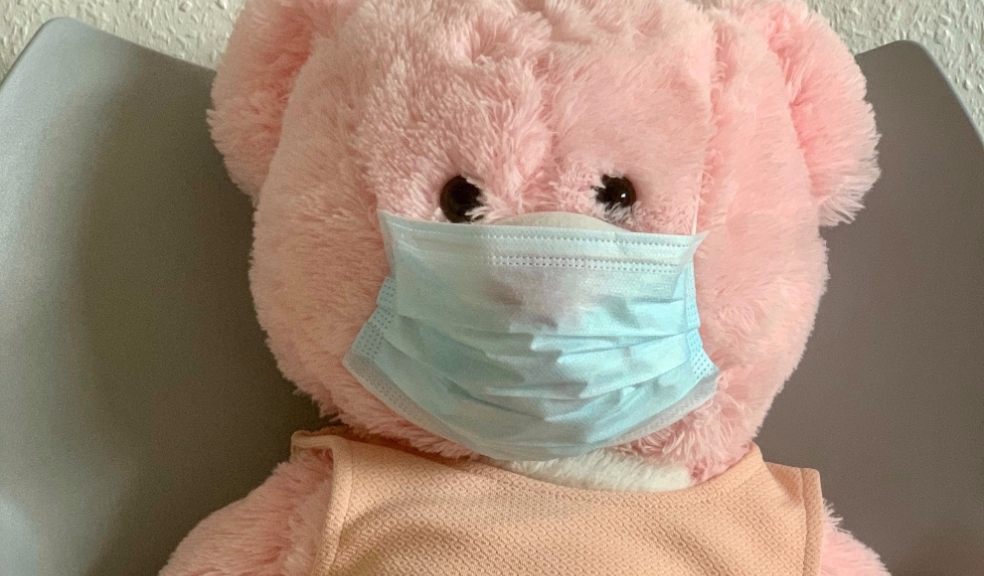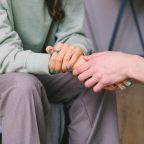
The importance of talking to children about coronavirus
The British Psychological Society says it is vital to talk openly to children and reassure them about the changes they are seeing around them due to Coronavirus.
Some of the changes, like people wearing face masks or empty supermarket shelves, can be scary for children, so they are likely to need to talk to someone they trust about some of the imaginative misinformation they might have heard from friends at school.
The advice stresses that it is important to be truthful, but remember your child’s age. Give them factual information, but adjust the amount and detail to fit their age.
For example, you might say ‘we don’t yet have a vaccination for Coronavirus, but doctors are working very hard on it’ or ‘a lot of people might get sick, but for most people it is like a cold or flu and they get better’.
Other advice from the BPS’ Division of Educational and Child Psychology includes:
- Allow children to ask questions: It is natural that children will have questions and worries about Coronavirus. Giving them the space to ask these questions and have answers is a good way to ease anxiety.
- Younger children might understand a cartoon or picture better than an explanation.
- It is ok to say you don’t know - at the moment, there are questions we don’t have answers to about Coronavirus.
- Maybe your child has an idea too – let them tell you or draw them.
- Try to manage your own worries: Uncertainty can make all of us feel anxious or worried. Identify other adults you can talk to about your own worries. Use techniques that help to make you feel a bit calmer - if you are at home, music, breathing and relaxation techniques, distraction (such as watching something funny), and time with family can all help.
- Give practical guidance: Remind your child of the most important things they can do to stay healthy but find motivation for keeping going, like thinking of a song they want to sing while washing their hands).
See also: How can I help others during coronavirus outbreak?













